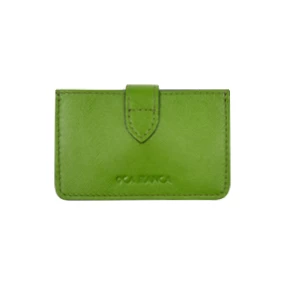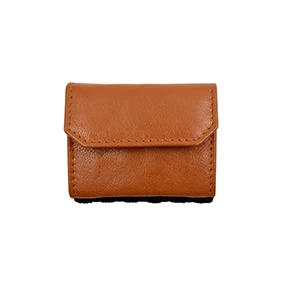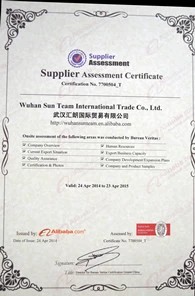ALBALUX made in Italy is vegetable tanned leather
The process starts when the animal is slaughtered at a slaughterhouse. The meat is taken away for processing, and the hides are quickly salted. If you don’t salt the hide and keep it moist, it will start to rot, and once it starts rotting, it is over. The rotting destroys the grain, which is arguably the most important part of leather. There is no way to reverse that kind of damage, and very little can be salvaged into good leather. When the preserved hides arrive at the tannery, they are placed in a beam-house. The beam-house is the storage facility for the green hides.
From there the hides are put in a liming pit, which is exactly what it sounds like. It is a pit, or in modern times a drum, full of lime, and we aren’t talking about the fruit. Lime is a very potent chemical, and burns the hair off the hides. In the old days, the tanneries were built on a river so they could dump the old used up lime into the river. Eventually the rivers were so full of lime, that the government shut down the majority of the tanneries in the United States.
Very few remain to this day. The rest of the tanning process is pretty straightforward. The hides are pickled, put in another drum of tannin(the tree bark extract) to be tanned, pressed, sorted, and dyed.

Based on the craftsmanship and careful use of traditional techniques developed over centuries, the vegetable tanning process results in leather with a distinct appearance and unmatched durability. One of the best features of vegetable-tanned leather is that it develops a patina over time with prolonged use and exposure to the environment.
Vegetable-tanned leather also has a distinctively sweet, woody fragrance that is normally associated with leather. Each piece made with this leather has unique shades and nuances, which are a mark of genuineness. The lack of consistency in color and tone is not a defect. Instead, it’s a characteristic of natural tanning processes.
Products made from vegetable tanned leather include saddles, holsters, belts, wallets, bags, shoes and purses. Usually this kind of leather is stiff in the beginning but gets more supple with time and use. Vegetable-tanned leather is more expensive than chrome leather due to the longer manufacturing times and artisanal nature of the tanning process. It’s usually used for high-end products.
























